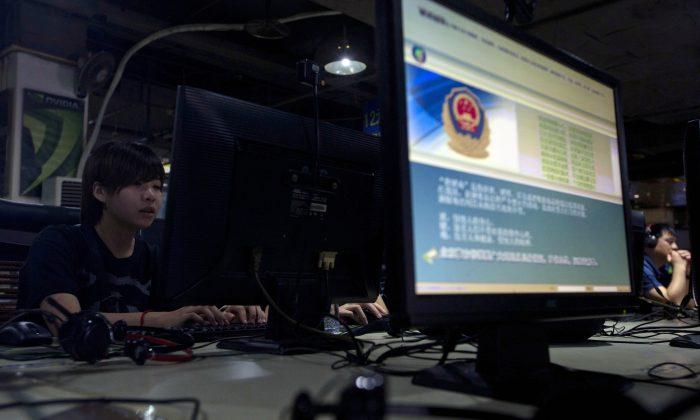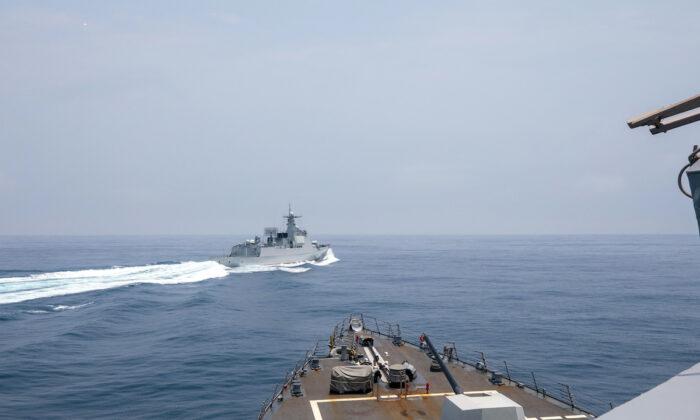Ukraine has claimed that more than 150 Chinese citizens are fighting on Russia’s side in the war, as evidenced by two Chinese fighters captured by Ukrainian forces.
There is some question as to whether the Chinese fighters, who train with Russia and wear Russian uniforms and use Russian weapons, are acting as individual mercenaries or are in some way under the direction of Beijing.
The number of Chinese mercenaries fighting for Russia is so small that it will help China more than Russia, given that China will likely be able to extract valuable battlefield information from Russia at some point in the future. Russia almost certainly knows this, in which case the inclusion of Chinese mercenaries in Russian formations could be a concession by Moscow to Beijing in exchange for some other consideration. Moscow could be welcoming the Chinese fighters in exchange for the Chinese Communist Party (CCP) accepting more Russian exports or allowing Russian access to additional hard currencies, banking services, military materiel, and technology transfers.
Chinese “mercenaries” who make it back to China would almost certainly be questioned about their experiences by the People’s Liberation Army (PLA), which thirsts for recent experience in modern land war. Those Chinese fighters who remain in Russia after their Russian military service is over would still likely be contacted by Chinese intelligence to extract as much of their military experience as possible, even if they become Russian citizens.
The PLA desperately needs the lessons learned from these Chinese fighters, as the PLA’s military doctrine is dependent on outdated land wars and far more limited border disputes. China’s major land wars include the Korean War from 1950 to 1953 and the invasion of Vietnam in 1979. The border disputes with Russia and India in the 1960s and with India recently will have yielded far fewer lessons.
So any experience that Chinese mercenaries, soldiers, or spies manage to get in Ukraine now will be invaluable for informing future Chinese military doctrine. This will especially be the case when planning an invasion of Taiwan. The PLA navy must contend with armed drones and surveillance by unmanned aerial vehicles as soon as naval ships and troop transports leave the mainland. Such drones are ubiquitous on today’s Ukrainian battlefields.
Chinese fighters in Ukraine will almost certainly get battlefield experience with modern artillery and small arms. Any more sophisticated Chinese spies or military attachés in the area using electronic means could get further information about hypersonic missiles and their delivery systems, including Russian MiG-31 fighter jets.
European capitals have somewhat ignored the CCP’s threat to invade Taiwan, largely because of U.S. leadership in Asia and Taiwan’s distance from Europe. But the Europeans cannot as easily ignore more than 150 Chinese fighters on Europe’s doorstep. They visibly add to the already galling Chinese diplomatic and materiel support to Russia and to the North Korean troops—as many as 100,000—fighting on Russia’s side. North Korea is close to China, not just in terms of geography.
As this view proliferates in Europe, more European politicians will want to follow the United States’ lead. First, by not just de-risking their economic relationships with China, but decoupling altogether. Second, by developing strategies to counter Beijing’s plans to invade Taiwan and steal more territory from India, Japan, the Philippines, and other South China Sea nations. For these reasons, Europeans are hardening their views on the CCP. It’s about time.







